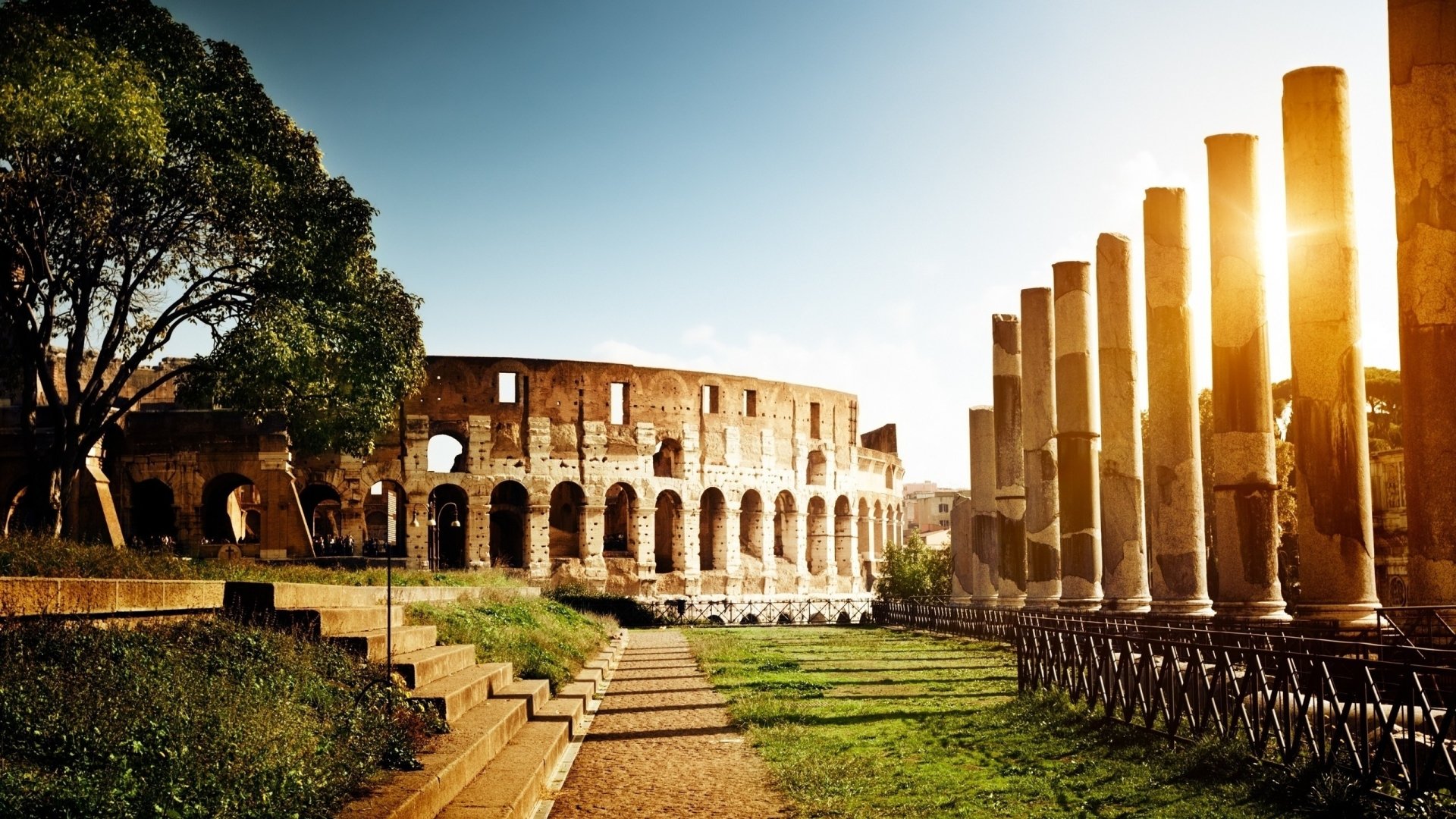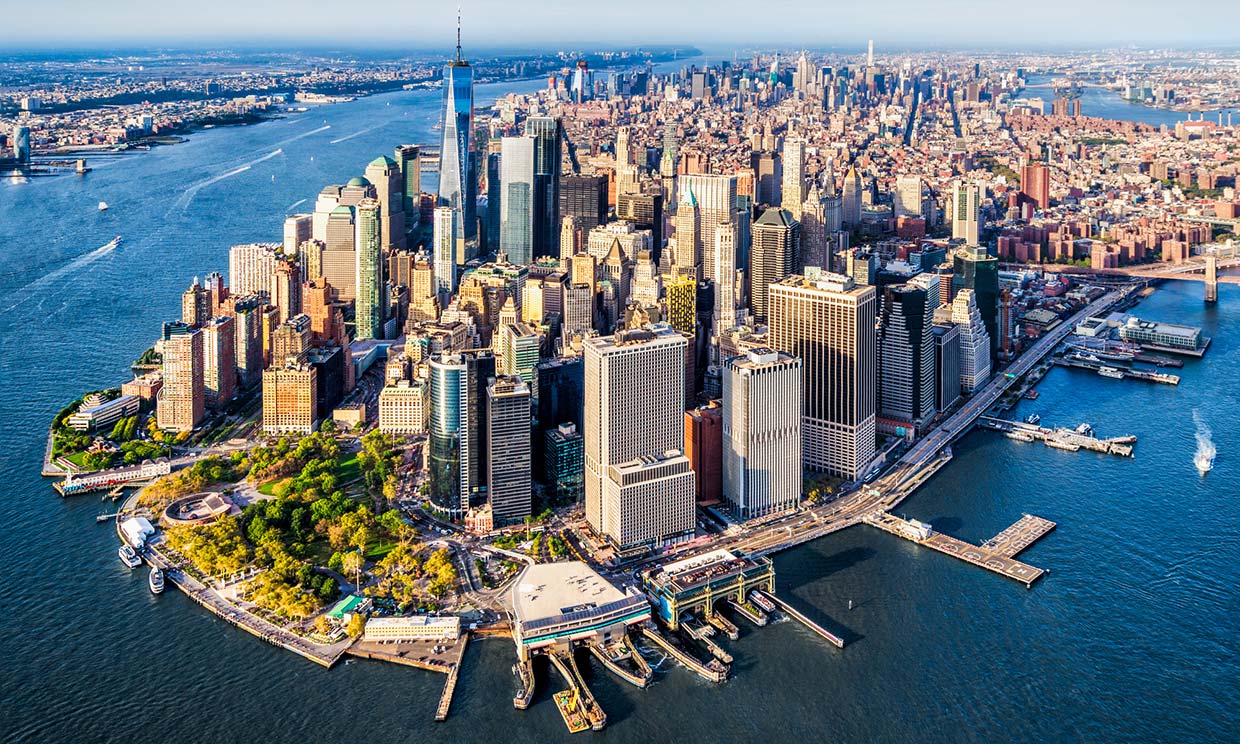La urban population It has multiple features. This type of population is mainly identified by being highly dense. We invite you to discover in this article everything about the origin, characteristics and development of the urban population.

Origin of the urban population
The origin of the urban population unfolds approximately in the year 6.000 a. C remembering the primitive times through which man went through, a time for which he was in nomadic conditions, living only from fishing and gathering.
The human being develops a new lifestyle, by grouping himself acquiring new skills that allow him to obtain new knowledge by innovating in agriculture, in order to satisfy his nutritional needs, new ways of living are formed, from the commercialization.
One of the cities that had a large population was ancient Rome. City in which great advances were developed in terms of trade, which was of great importance for the evolution of other cities around the world.
From the course of history we can take the industrial revolution, an event that produced a great commotion after the technological progress that it unleashed at that time, and which in turn promoted and strengthened the sectors that derive from economic activity.
Characteristics of the urban population
Characteristics of urban areas are described as follows:
- Mainly, the urban population is identified by having a high population density.
- The territory on which this population develops is large.
- Notoriously, the aspect of the landscape is disturbed by the interference of man, since for reasons of modernization, buildings, elevations, large-scale bridges have been built, among other works devised by man.
- It focuses its economic activity primarily on the secondary and tertiary sectors.
- For the most part, it provides a wide variety of services, such as greater job opportunities, education, and health.
- People usually live in apartments, and not in houses.
Entertainment is of great importance for the urban population, since it has large infrastructures such as hotels, shopping centers, cinemas, beaches, parks, among other areas that help the general population to recreate.
Differences between the population urban and rural
The main characteristic that the rural population presents has to do with the number of inhabitants that it has, in general they are populations that are below approximately 2.500 inhabitants.
Another characteristic that we cannot ignore is that the rural population that commonly lives in the countryside, unlike the urban population, does not have a transportation supply, as well as a lack of basic services.
They develop their economic activity from the primary sector, the agricultural sector is the main source of work, which is based on livestock, the exploitation and breeding of pigs, planting, and the collection of food ready for sale among others. stuff.
While the urban population is interested in living in cities or countries that offer a better quality of life, that provide great benefits, and that allow optimization of economic resources.
This translates into the enjoyment of resources such as land transportation, a greater number of services, such as a good distribution of drinking water, good direct gas service, lighting on public roads, sewage treatment, among others.
these are some of the characteristics of the urban population in contrast to the rural population, taking into account the great differences between one population and another.
Sectors of economic activity
Its work is developed from the five sectors of economic activity, they are:
- Primary sector: is based on the exploitation of natural resources from the earth, which are extracted by man for marketing, and consumption in general.
- Secondary sector: Represents the activities carried out by the manufacturing industry, which in turn includes the production of raw materials, it is also called the industrial sector.
- Third sector: It is defined as that which constitutes and encompasses all economic activities whose purpose is the production and manufacture of all public services, which the population in general demands.
- Quaternary sector: It constitutes the activities related to the scientific supports that have been developed in this new century, it has to do with innovation, creativity, and contributions destined to implement activities that contribute to industry and commerce.
- Quinary sector: It is classified as part of the tertiary sector, in this area of the economy, it focuses on project development and decision making. The main field of its execution is non-governmental organizations, or executive companies.
What problems does the urban population have?
Despite all the comforts or luxuries that being part of the urban localities, it must be recognized that there are problems caused by some imbalances in the mechanism of this lifestyle.
One of the main problems that the urban population develops has to do with:
The great environmental detriment
The actions carried out by man, such as burning, logging, for the invention of new products for the market, contamination of Rivers through industrial waste, through the products derived from their practice, they degrade the well-being of the planet.
Overpopulation
This represents one of the most notorious consequences. The concentration of the population in industrialized cities brings negative results such as unemployment, scarcity of material and natural resources, low life expectancy, among other factors.
overpopulation represents characteristics of the urban population more triggering, negative and conflictive than can be generated, since it triggers a series of elements that can set back the development of the population.
Importance of urban populations
It should be noted that despite the problems generated by large urban populations, they represent development and progress for humanity, since through them economic growth, sources of work, industrialization and infrastructure innovation have been generated. brought with it evolution.
Examples of the densest urban populations in the world
One of the characteristics of the urban population is that they enjoy great profits and good services, they also represent a great source of work and the opportunity to generate income.
This has generated that a large number of people from the country or foreigners want to migrate to these cities, resulting in an exorbitant number of people gathered in a single territory.
According to experts, the cities that have a large number of inhabitants are:
New York
The metropolitan area has a population of more than 22 million people (as of 2018), this area has New York City as its main nucleus, which has a population of more than 8 inhabitants.
The city is number 1 in the United States as the most populous. The metropolitan area also has a large urban population.
Tokyo
With a population of 35 million people inhabiting its territory. Tokyo is considered one of the densest populations on the planet.
CDMX
Mexico has a high population density, it is currently among the top ten cities that contain a large number of inhabitants worldwide.
It has a population of 21 million inhabitants in its metropolitan area and in its nucleus (Mexico City) with more than 8.
Sao Paulo
It is the city with the largest population in South America, it leads the list with the number of more than 12 million inhabitants, it is also number 1 in terms of economy. It is characterized by being a business tourism city rather than a recreational tourism city.
Shanghai
The capital of the People's Republic of China is also one of the most populous cities in the world. Until the year 2018 it had the amount of 23 inhabitants. This city is divided into what is considered to be 390 urban municipalities, each with its own main nucleus.





